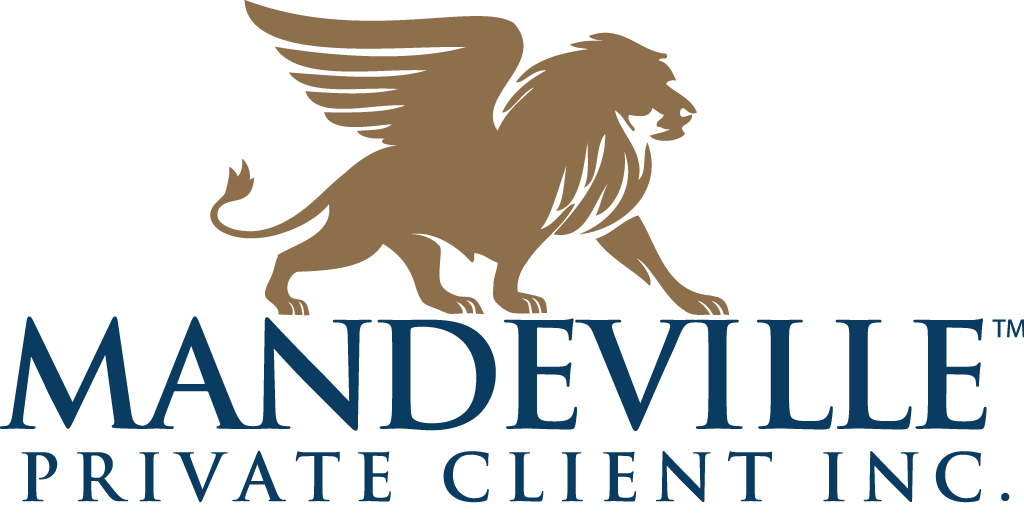Investing 101: Back to the Basics

Investing 101: Back to the Basics
Investing is a powerful tool for building wealth and securing your financial future. One of the world’s best investors Warren Buffett has said “Investing is simple, but not easy”. While it may seem daunting at first, understanding the basics of investing is the first step towards making informed financial decisions. In this article, we’ll explore Investing 101, covering the fundamental concepts and strategies that every aspiring investor should know.
- Understanding Investment
At its core, investing is the act of putting your money to work in assets with the expectation of earning a return. These assets can take various forms, including stocks, bonds, real estate, and more. The goal is to grow your initial capital over time.
- Risk and Return
Investing involves a trade-off between risk and return. Generally, investments with higher potential returns also come with higher levels of risk. Low-risk investments, such as government bonds and high yield savings accounts, typically offer lower returns, while high-risk investments, like stocks, have the potential for greater rewards but also greater volatility.
- Asset Classes
Investors can choose from a variety of asset classes, each with its own risk and return profile:
- Stocks: Represent ownership in a company. They can offer significant returns but are also more volatile.
- Bonds: Debt securities issued by governments or corporations. They typically offer lower returns than stocks but are potentially less risky.
- Real Estate: Investing in properties or real estate investment trusts (REITs). Real estate can provide rental income and potential for capital appreciation.4
- Diversification
Diversification is a key risk management strategy. It involves spreading your investments across different asset classes and securities to reduce risk. A well-diversified portfolio can help mitigate losses in one area while benefiting from gains in another.
- Time Horizon
Your investment time horizon is the length of time you plan to hold your investments before needing to access the funds. It greatly influences your investment strategy. Longer time horizons allow for more aggressive, higher-risk investments, while shorter horizons may require a more conservative approach.
- Investment Accounts
To start investing, you’ll need an investment account. Common types include:
- Brokerage Accounts: For buying and selling stocks, bonds, and other securities.
- Retirement Accounts: Like RRSP’s and TFSA’s, offering tax advantages for retirement savings.
- Savings Accounts: Providing a safe place to park cash but with lower returns.
- Setting Investment Goals
Before investing, it’s essential to define your financial goals. Whether it’s saving for retirement, buying a home, or funding your child’s education, having clear objectives helps you determine your investment strategy.
- Risk Tolerance
Your risk tolerance is your ability and willingness to withstand market fluctuations. It’s crucial to align your investments with your risk tolerance to avoid undue stress or panic during market downturns.
- Costs and Fees
Be aware of the costs associated with investing. Fees and expenses can eat into your returns over time. Research and choose investments and accounts with reasonable fees.
- Continuous Learning
Investing is not a one-time activity but an ongoing process. Keep learning about financial markets, investment strategies, and economic trends to make informed decisions.
Conclusion
Investing can be a rewarding journey towards financial independence and wealth accumulation. However, it’s vital to remember that all investments come with some level of risk. By understanding the basics outlined in Investing 101, setting clear goals, and being patient and disciplined in your approach, you can make informed investment decisions that align with your financial aspirations. Whether you’re just starting or looking to refine your investment strategy, always consider seeking advice from a financial professional or conducting thorough research to make the most of your investment journey. We are always here to help!
Duane Francis
Portfolio Manager, Senior Financial Advisor






